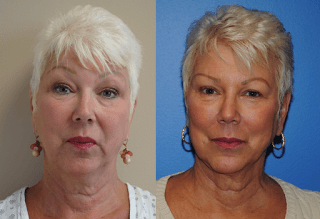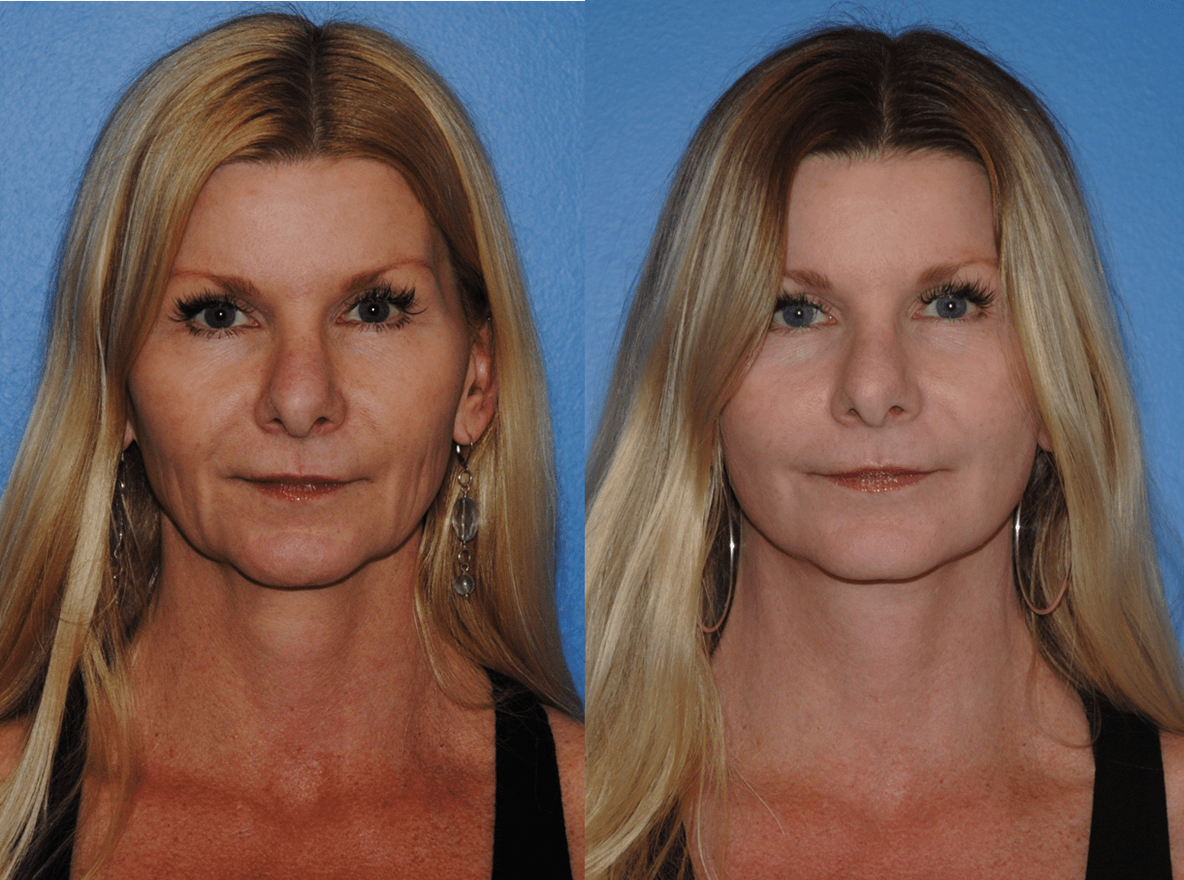Q: What is commonly involved in a blepharoplasty procedure? A: Anesthesia: Upper Blepharoplasty procedures are commonly performed under general anesthesia. I find that patients are often most comfortable under general anesthesia during an eyelid surgery. The Incision: Incisions are made in pre-existing eyelid creases. Occasionally, if the creases are at different heights, then creases are set to a level close to approximating…






